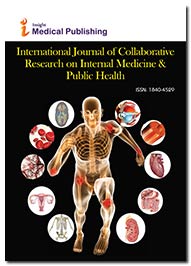Abstract
Lipoprotein Lipase and Atherosclerosis
Lipoprotein lipase (LPL) plays a pivotal role in lipids and metabolism of lipoprotein, especially in breaking down plasma triglycerides (TG) of TG-rich lipoproteins, including chylomicrons and very low density lipoproteins (VLDL). Dysfunction of LPL contributes to hypertriglyceridemia and decreased high density lipoprotein cholesterol level and has been found to be associated with dyslipidemia, obesity, diabetes, and insulin resistance. Dyslipidemia, obesity, diabetes and insulin resistance are risk factor for atherosclerosis. In the studies, we hypothesized that elevating LPL activity would cause protection of atherosclerosis. To test this hypothesis, the effects of the LPL activator NO-1886 were investigated in various experimental animal models. Taken together, NO-1886 increased LPL mRNA and LPL activity in adipose tissue, myocardium and skeletal muscle, resulting in an elevation of post-heparin plasma LPL activity and LPL mass, and also decreased plasma TG concentration with a concomitant rise in plasma HDL-C, inhibited the development of atherosclerosis in rats and rabbits.
Author(s):
Kusunoki M, Tsutsumi K, Natsume Y, Tsutsui H, Miyata T, Oshida Y
Abstract | Full-Text | PDF
Share this

Abstracted/Indexed in
- Google Scholar
- Genamics JournalSeek
- CiteFactor
- Directory of Research Journal Indexing (DRJI)
- WorldCat
- Proquest Summons
- Secret Search Engine Labs
Open Access Journals
- Aquaculture & Veterinary Science
- Chemistry & Chemical Sciences
- Clinical Sciences
- Engineering
- General Science
- Genetics & Molecular Biology
- Health Care & Nursing
- Immunology & Microbiology
- Materials Science
- Mathematics & Physics
- Medical Sciences
- Neurology & Psychiatry
- Oncology & Cancer Science
- Pharmaceutical Sciences

